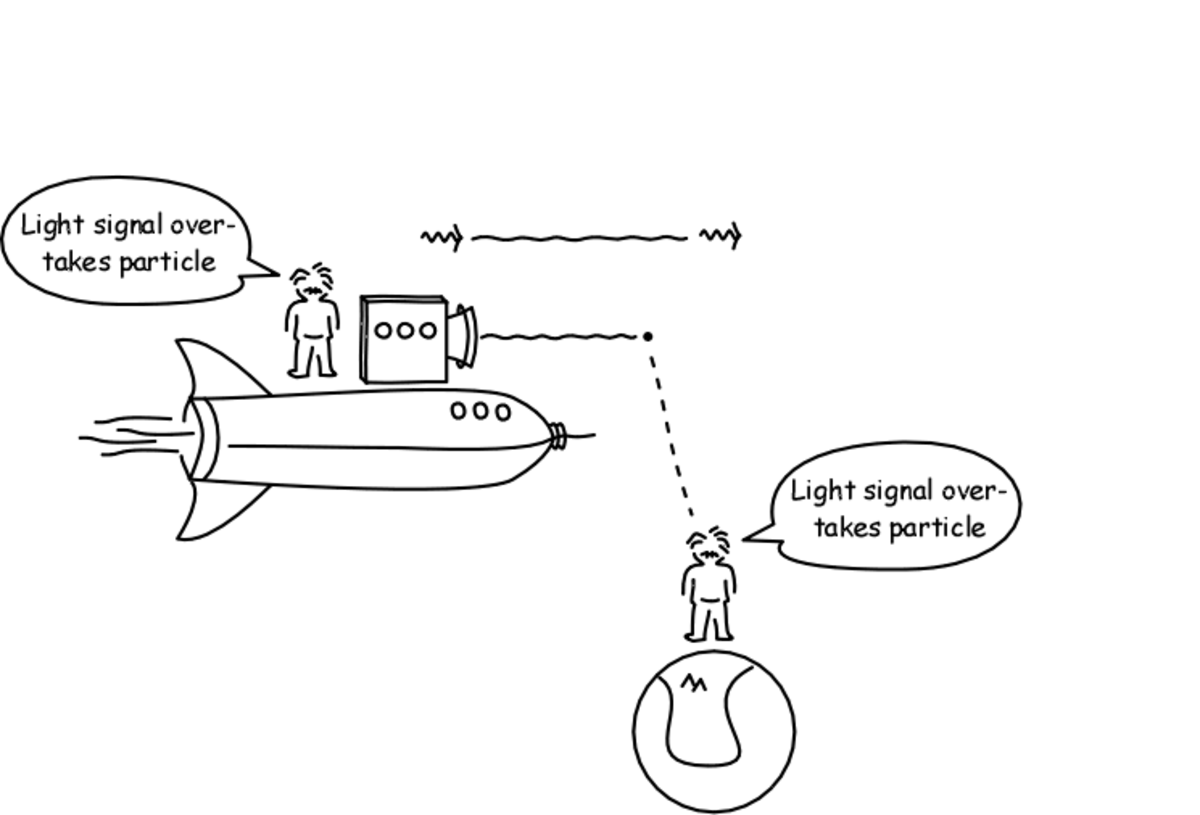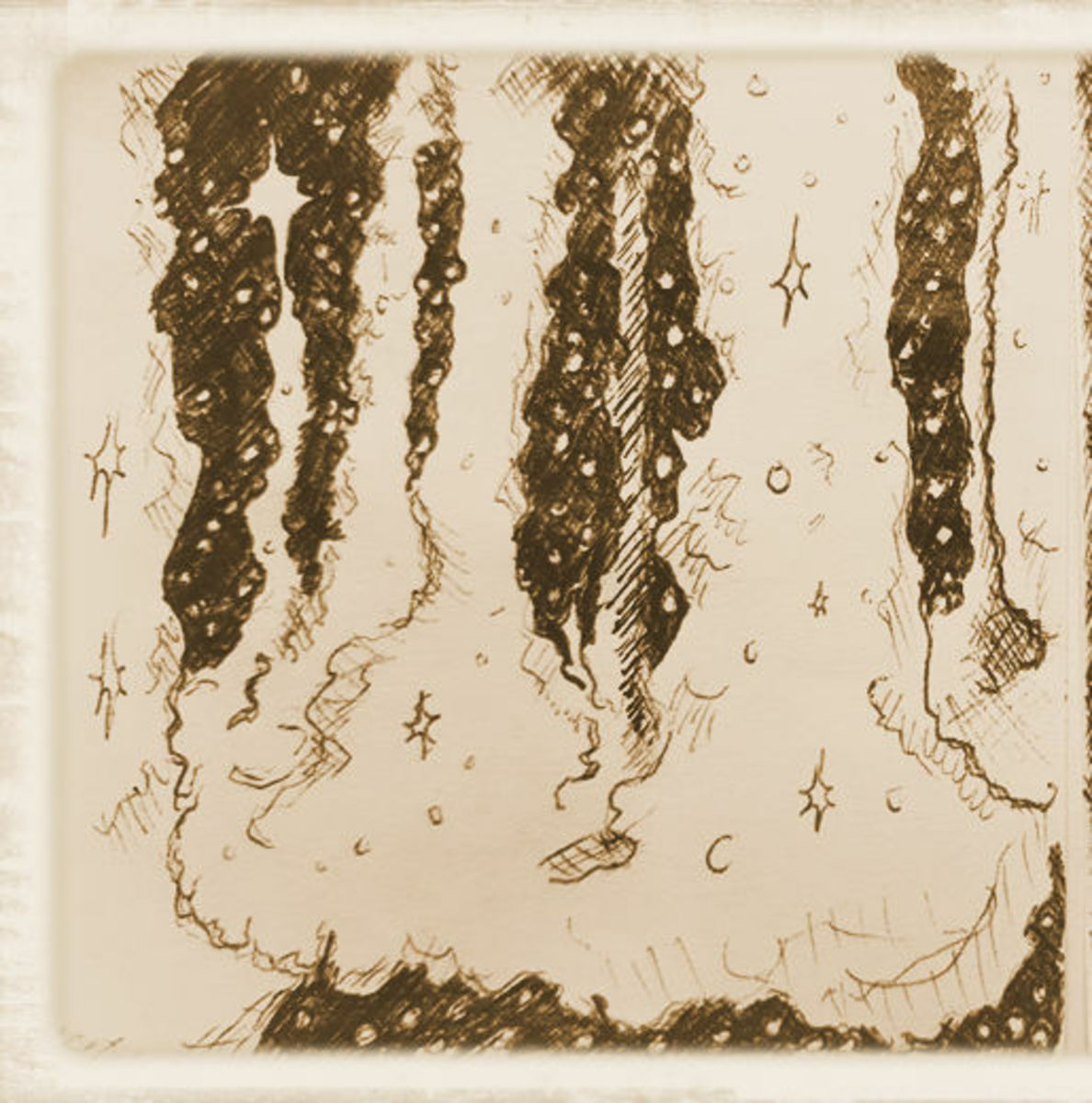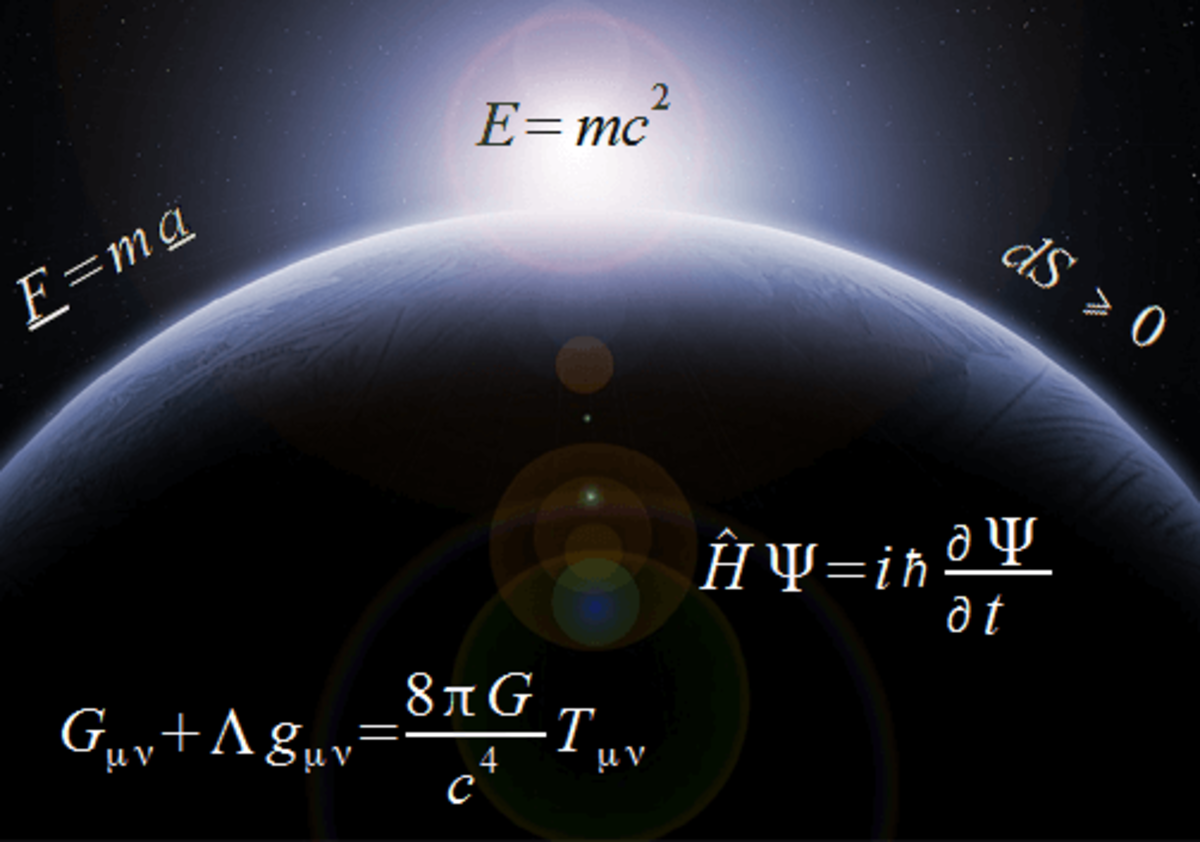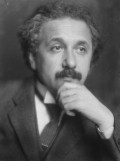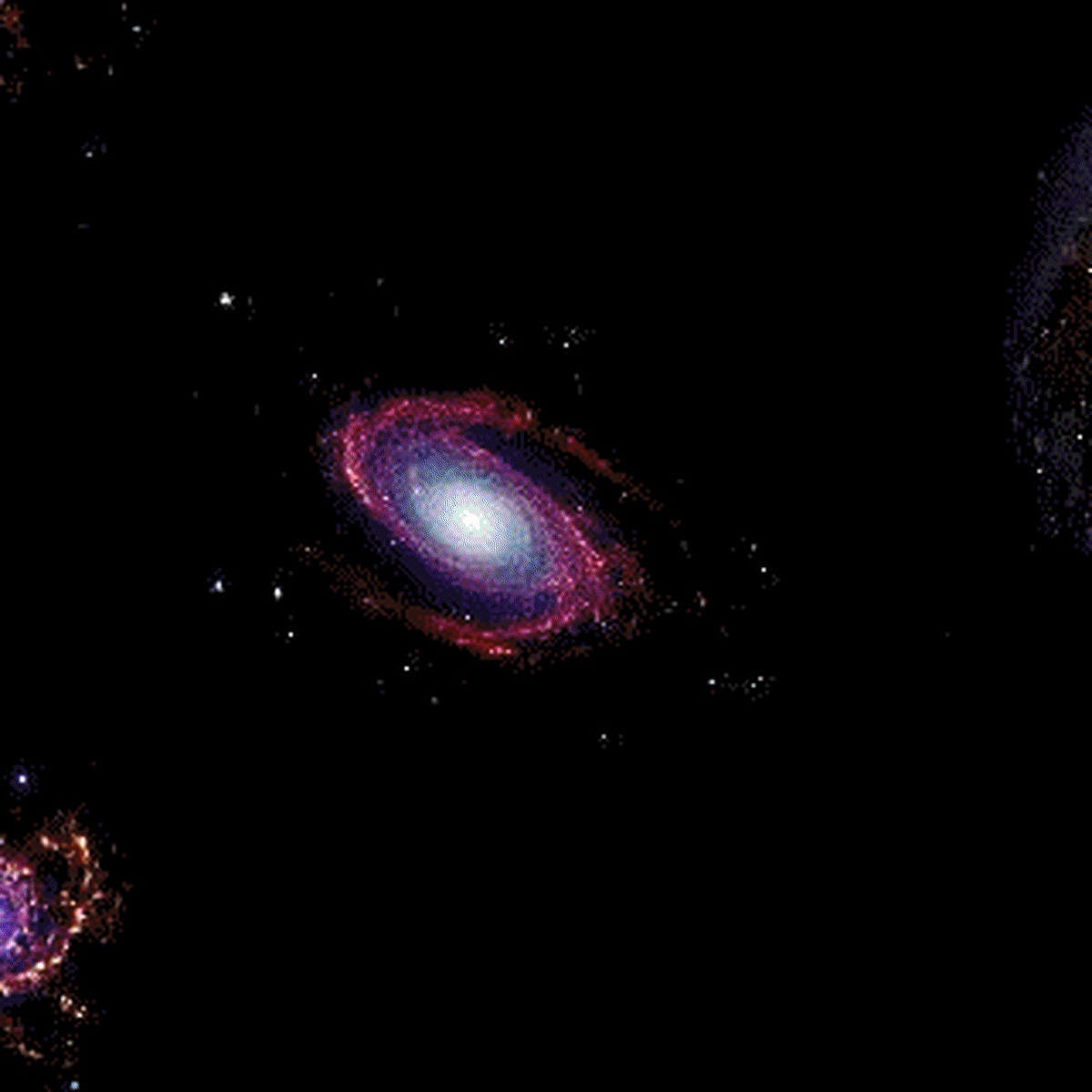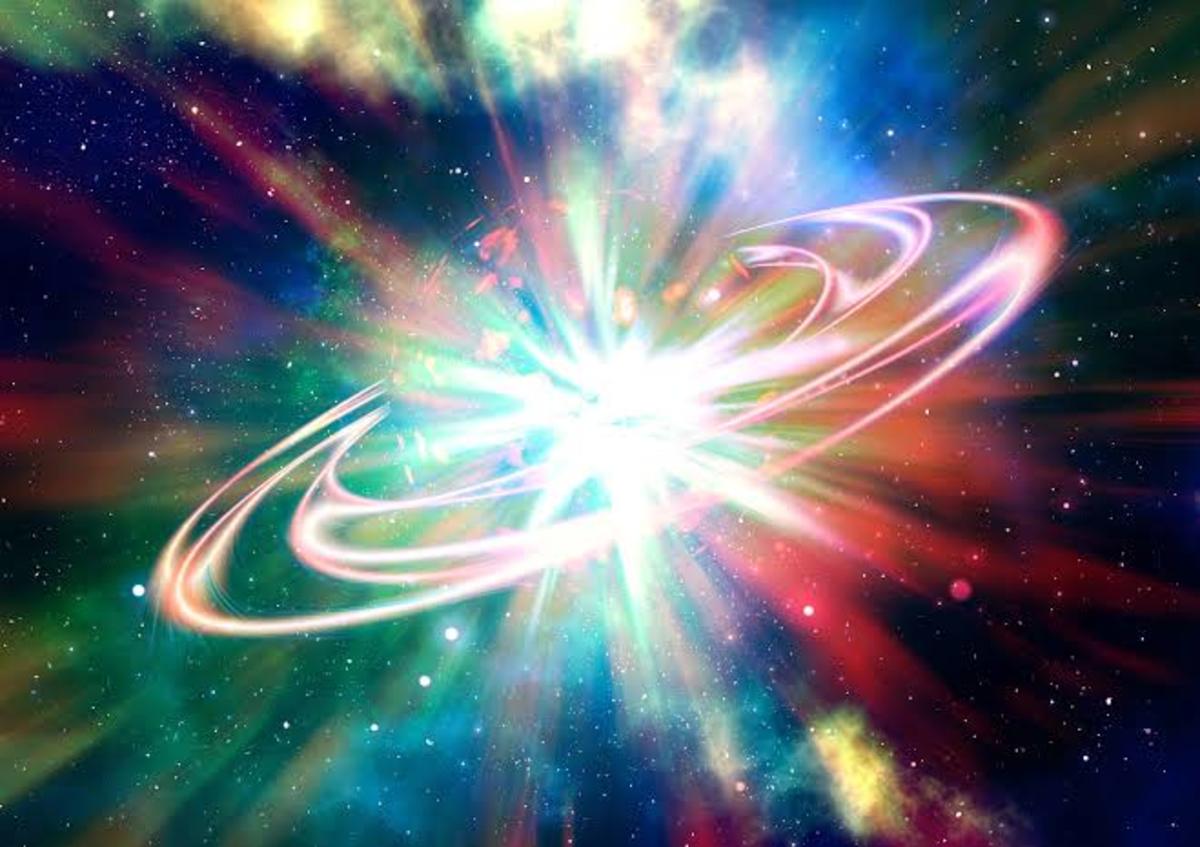Einstein's Most Famous Equation for Dummies Like Me
E = MC squared
It's the smallest physics equation most people have ever heard of, and certainly the most famous of all time. E=mc2 is often shrouded in mystery, with a visionary, pipe-smoking, crazy-haired Einstein coming to mind with a genius so far above the rest of mere mortals that there is no way we could possibly comprehend what he was thinking or what is meant by this. On the contrary, though, Albert Einstein was about 25 years old when he came up with this mind-blowing, science-altering, elegant equation, and the concept itself isn't actually all that hard to grasp.
A somewhat younger Einstein, but still way older than when he thought of E=mc2
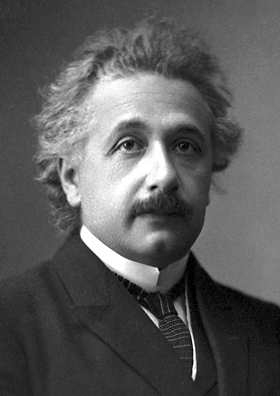
Energy is mass
In a nutshell, E=mc2 means that energy is mass, and vice versa. The "E" is energy, and the "M" is mass. So everything you can pick up or grasp with your hands is essentially "frozen energy", and everything you can see or feel - radiation, light, heat - is essentially "unfrozen mass." C is for the speed of light, which means simply that every individual piece of mass, or matter, holds in it a tremendous amount of energy (the speed of light is pretty fast, to say the least).
How Einstein figured this out is a matter for another discussion, but suffice it to say that it was utterly brilliant, and it put together information that was readily available to anyone with the wherewithal to catch up on the latest scientific concepts of the day and have the brilliance to see beyond what seems apparent, and take a leap of creative thought to figure out what's really going on. We're going to focus more on what E=mc2 means here.
Mass becomes energy
As mentioned above, in 1905, Albert Einstein released his now super-famous paper suggesting that mass and energy were both aspects of the same phenomenon. Incidentally, this paper neither won him immediate worldwide fame nor the Nobel Prize in physics, which is stupefying in this day and age. Anyway, the consequences of the concept of mass-energy equivalence, as it is known in the physics community, are that if you split an atom apart (a process called "nuclear fission"), or if you smash two atoms together to fuse them into one ("nuclear fusion"), you will end up releasing a tremendous amount of energy by any mass that is "destroyed" in the process.
By "destroyed" here, I mean "converted into energy", as you have certainly by now figured out. And, as we discussed before, you'd be releasing a preposterous amount of energy (the mass multiplied by the square of the speed of light!). Ultimately, Einstein realized the potential destructive power this phenomenon could potentially yield, and worried endlessly that mankind would eventually use it. However, it was ultimately Einstein himself who decided to write a fateful letter to President Roosevelt, after being persuaded that Germany might create such a device first. This, of course, led to the development of the atomic bomb, first tested at Los Alamos, New Mexico, and then the subsequent bombing of Hiroshima and Nagasaki.
Likewise, energy can become mass, as happens at the LHC (Large Hadron Collider) and other particle accelerators. More on that to come.
What particle collisions look like to scientists
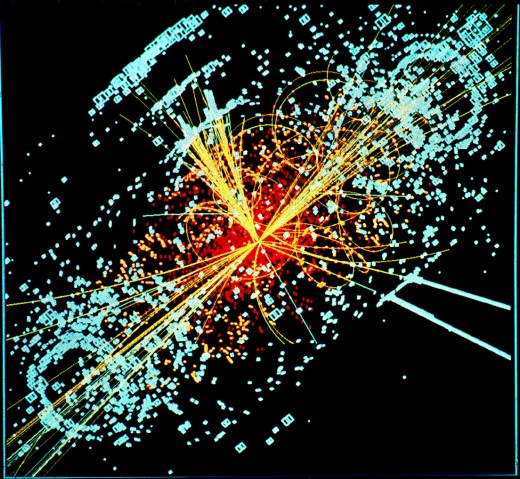
Energy becomes mass: the LHC
Understanding that smashing atoms apart can turn matter into energy, it's probably not any more difficult to understand that tremendous amounts of energy are capable of becoming mass. This is precisely what happens every day at particle accelerators like the LHC, or the Large Hadron Collider, the largest such particle accelerator in the world. The LHC is located near the border of Switzerland and France. Like all particle accelerators, the Large Hadron Collider thrusts the tiniest bits of matter out at insanely fast speeds- in fact, protons travel at 99.9999991% of the speed of light (keep in mind that C, or the speed of light, is as fast as anything, anywhere, ever, can travel).
After accelerating protons to such ridiculous speeds - very nearly as fast as anything, ever, anywhere in the universe can travel, they are smashed together. Instead of fusing together, as in the heart of an atomic bomb, the tremendous amount of energy is converted into mass! This mass is often in the form of particles we're totally familiar with, but one such particle that was recently experimentally observed has been the Higgs Boson, the particle that gives other particles mass. This was a pretty big deal, as it confirmed the standard model of particle physics in a big way, and also helps to explain how particles get mass in the first place (Cliffsnotes version: they are slowed down by a field that permeates space).
The LHC is big and powerful enough so that the energy present there much more powerful than anything else we've ever created before, but it still falls short of some of the cosmic rays that have been bombarding the earth for the last five billion years, give or take. Nevertheless, having a controlled setting in which to study these high energy collisions (and, of course, mass being created) is invaluable.
Inside the LHC
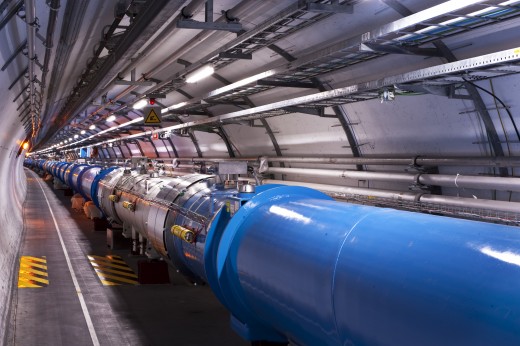
Was it easy to understand the mass-energy equivalence idea?
Mass-energy equivalence in the universe
Nuclear fusion - the process that smashes atoms together in the centers of stars - is what produces the heat from our sun. It arrives at the earth in the form of photons, the quanta of light (individual light particles). Photons are released every time a helium atom smashes together with another one (fuses) in order to produce helium, and this light (and heat) travels to the earth.
Furthermore, the Big Bang itself, or the very origins of our existence, and the existence of everything, operate upon the mass-energy equivalence principle, as an utterly dimensionless point of energy became matter. But that's another story!

